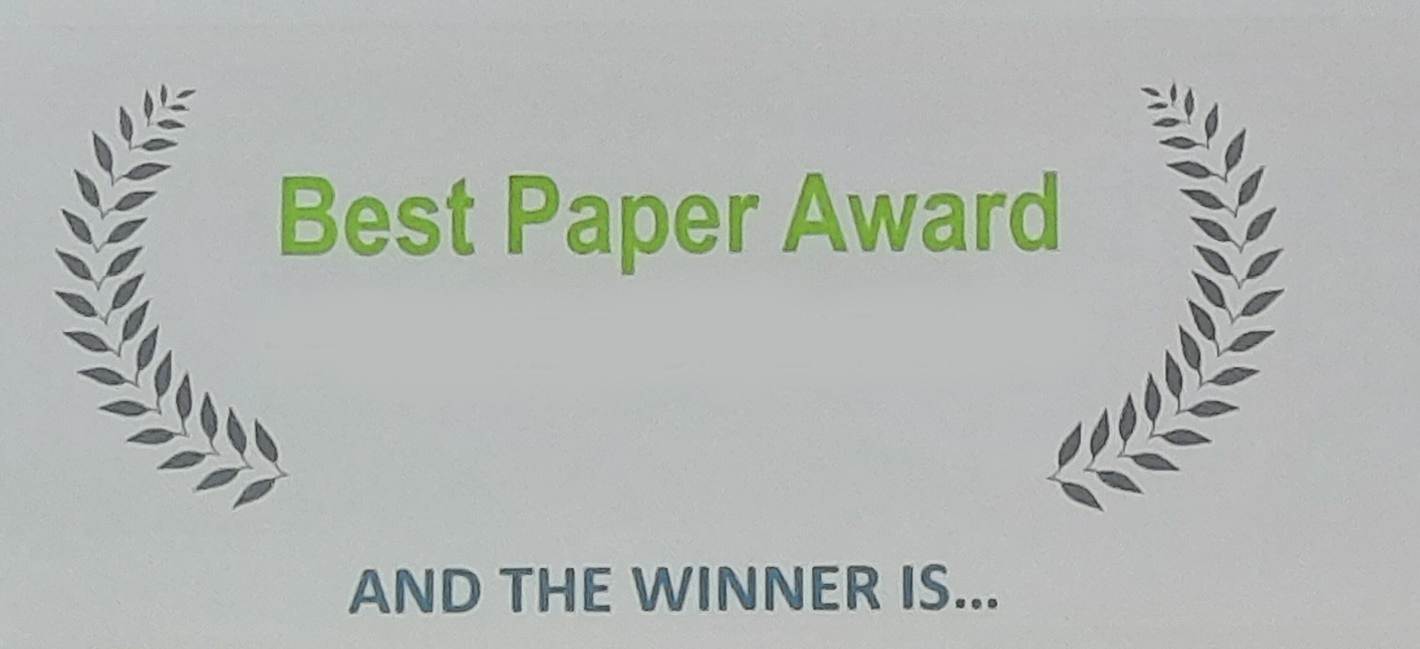Study of bioclimatic shading strategies in Seville
Habitability in open public spaces
DOI:
https://doi.org/10.34641/clima.2022.158Keywords:
Solar control system, greenery, habitability, open spacesAbstract
It is necessary to adapt urban areas to climate change through solutions that combine tradition with innovation. This need is more pronounced due to climate change and the heat island effect. This work aims to design a mitigation technique that allows recovery life on the street through an adaptive solar control solution combined with vegetation. This technique will be designed and implemented in a square in the centre of Seville (Spain). The solution is defined as a green structure where the trees are the key part. However, the trees are planted small and are grow-slowly. Urban designs based on tree growth are estimated to reach design conditions 30 years after these trees are planted. That is why an innovative urban solar control prosthesis is required that adapts between winter and summer and that allows modifying its geometry according to the growth of the trees. The design of this solution has been made by studying in detail a real case with real problems. These problems have been characterized by temperature measurements, thermographies, transects for the evaluation of the heat island, level of incident irradiation, and actual use of space. Different alternatives for the rehabilitation of the urban fabric have been studied using computational fluid dynamics (CFD) simulations in ENVI-met. The optimal solution will reduce air temperature by 1ºC and surface temperatures by up to 12ºC, increasing the number of trees reaching close to 100% of the area covered to make them the natural mitigation solution in the future. The coverage developed in this work appears as a temporary solution until the trees reach a reasonable size that generates adequate shade to allow the use of the space during the summer months. The aim is to improve the habitability of cities and regain the prominence of people in them.




